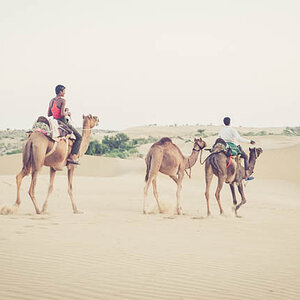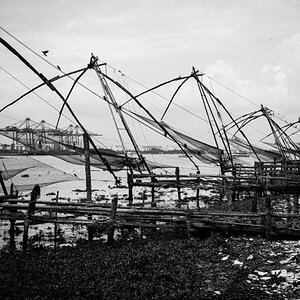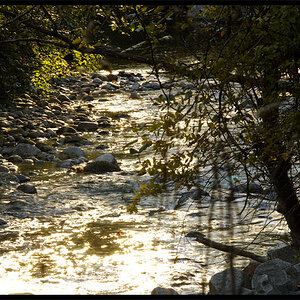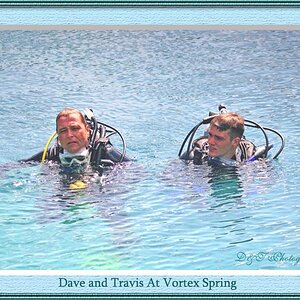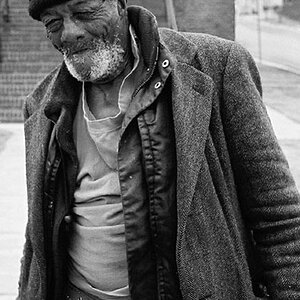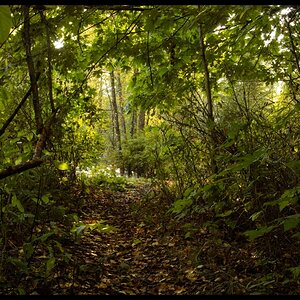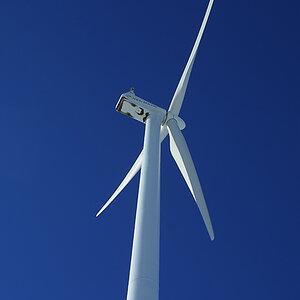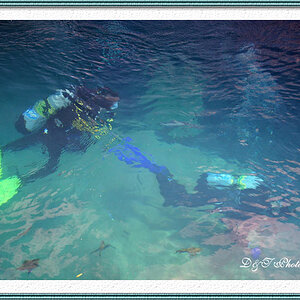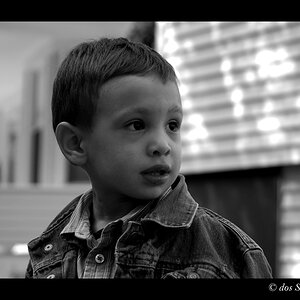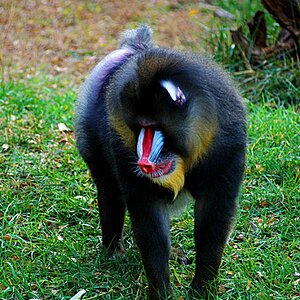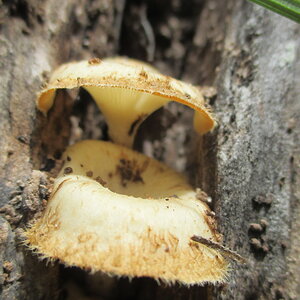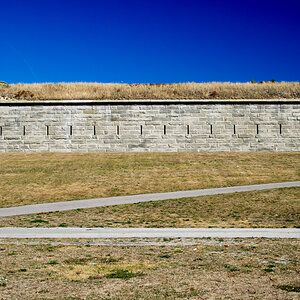ctb95
TPF Noob!
- Joined
- Apr 17, 2017
- Messages
- 2
- Reaction score
- 0
- Can others edit my Photos
- Photos NOT OK to edit
Hello all! This is my first post.
My dad is an artist. Recently, he has gotten into making prints of his work. He does not own a professional camera of his own, but has been using my Pentax K-m/K2000 with 18-55mm lens. It's an old camera, with only about 10 megapixels, if I am correct. However, a friend of his let him borrow his much nicer professional camera (I don't know the model) and shot several paintings for prints, with a noticeable increase in quality and sharpness. My dad has been able to create beautiful prints based off these shots.
Now, my dad is adamant about getting his own camera for shooting artwork and has tasked me to figure out what he should get. I do know a little about cameras and photography (I have my own DSLR, after all), but I am a novice and I'm lost when it comes to this. He wants to spend as little as possible, since he is on a budget, but he wants the highest quality that he can get.
Several questions:
1. My dad wants a full-frame camera. Would the increase in quality justify the cost of going full frame?
2. Nikon vs Canon vs Pentax vs Sony? Are there any major differences to consider? I am partial to Pentax, personally.
3. Any other thoughts about camera choices when shooting artwork?
I'd probably give a price range of $1000-$1500 upfront, counting camera, lens, memory card, and other equipment. I'm sure that dad would like that number to be lower, but I can't see him getting the quality that he desires with anything lower than that.
Finally, what about film? Would it be advantageous to find a good used film SLR or rangefinder and buy a scanner to convert the film to digital? It seems like one can get very high quality with much lower upfront cost that way.
I know this is all a lot, but thank you for your thoughts. The research that I've been doing has really rekindled my love of photography and cameras, and I have found this to be very enjoyable so far.
My dad is an artist. Recently, he has gotten into making prints of his work. He does not own a professional camera of his own, but has been using my Pentax K-m/K2000 with 18-55mm lens. It's an old camera, with only about 10 megapixels, if I am correct. However, a friend of his let him borrow his much nicer professional camera (I don't know the model) and shot several paintings for prints, with a noticeable increase in quality and sharpness. My dad has been able to create beautiful prints based off these shots.
Now, my dad is adamant about getting his own camera for shooting artwork and has tasked me to figure out what he should get. I do know a little about cameras and photography (I have my own DSLR, after all), but I am a novice and I'm lost when it comes to this. He wants to spend as little as possible, since he is on a budget, but he wants the highest quality that he can get.
Several questions:
1. My dad wants a full-frame camera. Would the increase in quality justify the cost of going full frame?
2. Nikon vs Canon vs Pentax vs Sony? Are there any major differences to consider? I am partial to Pentax, personally.
3. Any other thoughts about camera choices when shooting artwork?
I'd probably give a price range of $1000-$1500 upfront, counting camera, lens, memory card, and other equipment. I'm sure that dad would like that number to be lower, but I can't see him getting the quality that he desires with anything lower than that.
Finally, what about film? Would it be advantageous to find a good used film SLR or rangefinder and buy a scanner to convert the film to digital? It seems like one can get very high quality with much lower upfront cost that way.
I know this is all a lot, but thank you for your thoughts. The research that I've been doing has really rekindled my love of photography and cameras, and I have found this to be very enjoyable so far.



